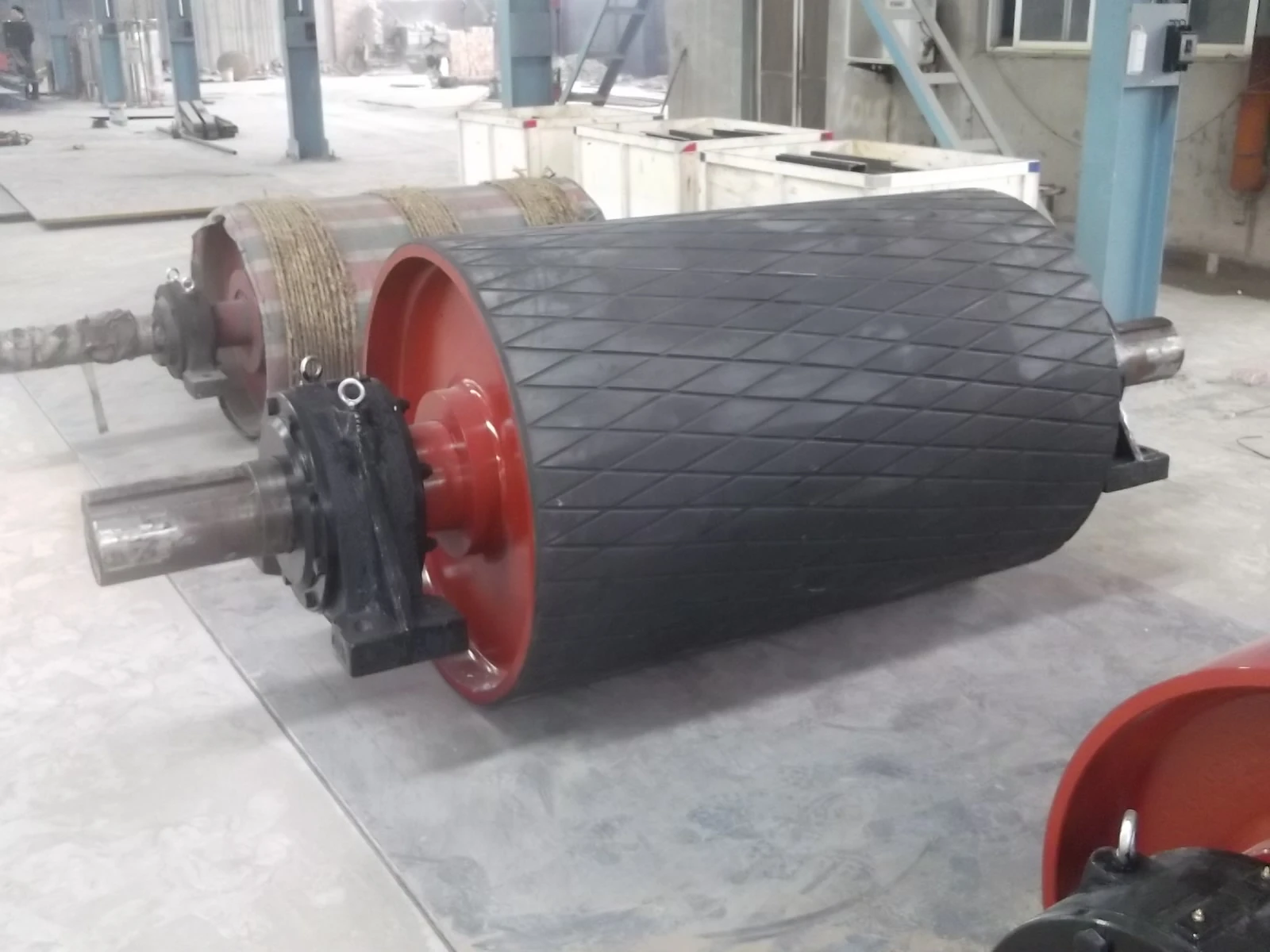 Afrikaans
Afrikaans  Albanian
Albanian  Amharic
Amharic  Arabic
Arabic  Armenian
Armenian  Azerbaijani
Azerbaijani  Basque
Basque  Belarusian
Belarusian  Bengali
Bengali  Bosnian
Bosnian  Bulgarian
Bulgarian  Catalan
Catalan  Cebuano
Cebuano  Corsican
Corsican  Croatian
Croatian  Czech
Czech  Danish
Danish  Dutch
Dutch  English
English  Esperanto
Esperanto  Estonian
Estonian  Finnish
Finnish  French
French  Frisian
Frisian  Galician
Galician  Georgian
Georgian  German
German  Greek
Greek  Gujarati
Gujarati  Haitian Creole
Haitian Creole  hausa
hausa  hawaiian
hawaiian  Hebrew
Hebrew  Hindi
Hindi  Miao
Miao  Hungarian
Hungarian  Icelandic
Icelandic  igbo
igbo  Indonesian
Indonesian  irish
irish  Italian
Italian  Japanese
Japanese  Javanese
Javanese  Kannada
Kannada  kazakh
kazakh  Khmer
Khmer  Rwandese
Rwandese  Korean
Korean  Kurdish
Kurdish  Kyrgyz
Kyrgyz  Lao
Lao  Latin
Latin  Latvian
Latvian  Lithuanian
Lithuanian  Luxembourgish
Luxembourgish  Macedonian
Macedonian  Malgashi
Malgashi  Malay
Malay  Malayalam
Malayalam  Maltese
Maltese  Maori
Maori  Marathi
Marathi  Mongolian
Mongolian  Myanmar
Myanmar  Nepali
Nepali  Norwegian
Norwegian  Norwegian
Norwegian  Occitan
Occitan  Pashto
Pashto  Persian
Persian  Polish
Polish  Portuguese
Portuguese  Punjabi
Punjabi  Romanian
Romanian  Russian
Russian  Samoan
Samoan  Scottish Gaelic
Scottish Gaelic  Serbian
Serbian  Sesotho
Sesotho  Shona
Shona  Sindhi
Sindhi  Sinhala
Sinhala  Slovak
Slovak  Slovenian
Slovenian  Somali
Somali  Spanish
Spanish  Sundanese
Sundanese  Swahili
Swahili  Swedish
Swedish  Tagalog
Tagalog  Tajik
Tajik  Tamil
Tamil  Tatar
Tatar  Telugu
Telugu  Thai
Thai  Turkish
Turkish  Turkmen
Turkmen  Ukrainian
Ukrainian  Urdu
Urdu  Uighur
Uighur  Uzbek
Uzbek  Vietnamese
Vietnamese  Welsh
Welsh  Bantu
Bantu  Yiddish
Yiddish  Yoruba
Yoruba  Zulu
Zulu cleaning of conveyor belt
The Importance of Cleaning Conveyor Belts
In various industries, conveyor belts play a crucial role in the movement of goods and materials. From manufacturing facilities to food processing plants, these systems enhance efficiency and productivity. However, maintaining clean conveyor belts is essential for ensuring operational effectiveness, product safety, and overall hygiene.
The Need for Cleaning
Conveyor belts are subjected to continuous exposure to dirt, debris, and materials that can accumulate over time. This buildup can lead to several issues, including equipment malfunction, decreased efficiency, and product contamination. For instance, in food processing environments, unclean belts can harbor bacteria or allergens, posing serious health risks to consumers. Therefore, regular cleaning is vital to ensure that conveyor belts can perform optimally and meet hygiene standards.
Types of Contaminants
Various contaminants can affect conveyor belts. These may include organic matter, oils, lubricants, dust, and production residues. In food processing plants, ingredients such as flour, sugar, or other food particles can also attach to surfaces. Additionally, the type of materials handled by the conveyor belt influences the nature of the contaminants. For example, belts used in heavy manufacturing may encounter metal shavings, while those in pharmaceutical settings may come into contact with powders or chemicals.
Cleaning Methods
Several cleaning methods can be employed to keep conveyor belts in pristine condition. The choice of method often depends on the type of contaminant and the material of the belt itself. Common cleaning techniques include
cleaning of conveyor belt

1. Manual Cleaning This involves using brushes, scrapers, or cloths to physically remove debris. Manual cleaning is labor-intensive but can be effective for spot cleaning or areas that are difficult to reach with machines.
2. Steam Cleaning This method uses high-pressure steam to eliminate contaminants. The heat and pressure help to dissolve oils, fat, and other stubborn residues. Steam cleaning is particularly useful in food processing environments due to its effectiveness in killing bacteria.
3. Chemical Cleaning Specialized detergents and sanitizers can be applied to break down food residues, oils, and other materials. It is critical to choose cleaning agents that are safe for the specific application, especially in food-related industries.
4. Automated Cleaning Systems Some conveyor systems are equipped with automated cleaning solutions designed to operate during downtime. These systems can include rotating brushes, sprays, and other technologies that ensure thorough cleaning without manual intervention.
Best Practices for Conveyor Belt Maintenance
To maintain conveyor belts effectively, consider implementing a routine cleaning schedule. Regular inspections can help identify issues before they become critical. Providing training for staff on proper cleaning techniques and the importance of belt hygiene can significantly enhance the maintenance process.
In conclusion, the cleaning of conveyor belts is not merely a maintenance task but a crucial aspect of operational integrity and safety. A clean conveyor belt system enhances efficiency, prolongs equipment life, and ensures compliance with health regulations. In industries where hygiene is paramount, adopting best practices for cleaning can lead to better products, increased safety for consumers, and ultimately, a more successful operation. Regularly prioritizing conveyor belt maintenance and cleaning will yield significant long-term benefits for any business that relies on these systems.
-
Trusted Conveyor Solutions from Leading Conveyor Idler Roller ManufacturersNewsJun.27,2025
-
Reliable Return Idler Solutions for Efficient Belt Conveyor SystemsNewsJun.27,2025
-
Precision Conveyor Accessories for Streamlined Material HandlingNewsJun.27,2025
-
High-Quality Belt Conveyor Idler Solutions for Efficient Material HandlingNewsJun.27,2025
-
High-Performance Belt Conveyor Pulleys for Reliable Material HandlingNewsJun.27,2025
-
Enhancing Material Handling EfficiencyNewsJun.27,2025





























